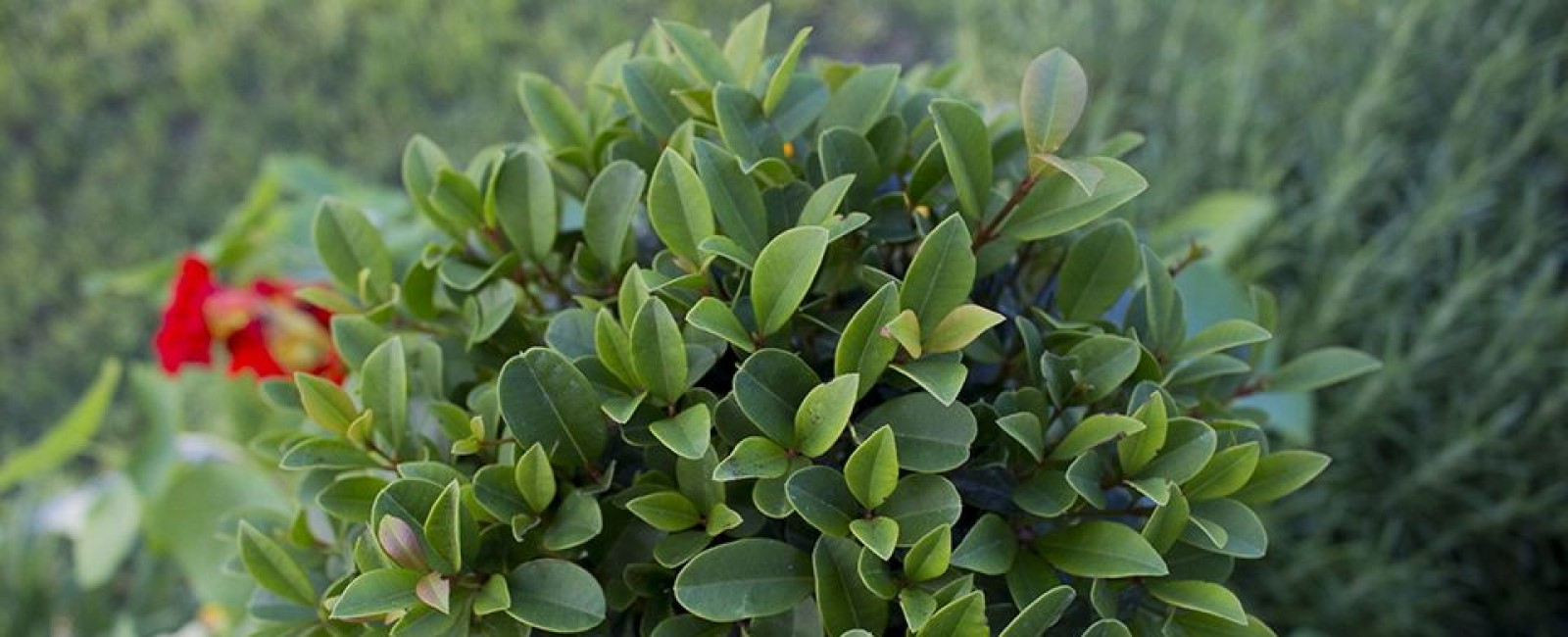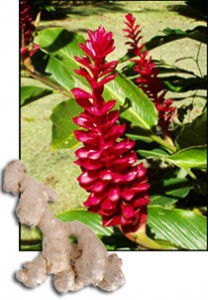The exotic flavor of ginger was prized by Greek bakers and later introduced to northern Europe by the Romans. It became one of the most popular spices of the Middle Ages, used in marinades (to disguise the taste of less-than-fresh meats and fish), sweet dishes, cakes, and biscuits. Its warming, rich, pungent flavor was believed to stimulate the gastric juices and helpful in thwarting colds.
Ginger is also an old-time remedy for queasy stomachs. Early Greek sailors used gingerbread “cookies” to treat seasickness on ocean voyages. Its potential as a nausea remedy was even tested by shuttle astronauts.
Planting and Care:
Purchase fresh, organic ginger rhizomes (sold as “roots”) at a local food market in late winter. Choose those that are plump, and have many buds. Place in warm water and soak overnight. Plant whole or break into pieces. Set two inches deep in a soil high in organic matter. Soil temperatures of 75°F to 85°F are essential before the dormant rhizomes sprout. Water lightly at first, then increase moisture as growth begins. Place plants in partial shade, never in direct sun. Only light fertilization will be needed if the soil is rich in nutrients. Water regularly so soil remains moist, but do not allow it to become wet. Ginger may go into dormancy during short winter days. Let the soil remain dry during this period. Ginger rarely blooms in cultivation, although it sometimes flowers if grown in a greenhouse. When I was growing up in Houston, we had it bloom numerous times just behind our swimming pool and I have a friend in San Antonio whose ginger bloom every summer in her backyard around her swimming pool! Yellowish green flowers and pink ones bloom in a cluster on top of a stalk 3 feet high. Green bracts surround flowers with a mauve or deep purple lip.
Harvesting and Use:
If you grow ginger in ideal conditions, plants may be dug up and harvested every year or two. Rinse harvested rhizomes gently to remove soil. Avoid abrading the skin before use. Dry well to avoid mold during storage.
The pungent rhizome is an essential ingredient in many Asian dishes. It is sold fresh, dried, ground or preserved in brine, vinegar or sugar syrup. Curries, spiced meat, fish, rice and vegetable dishes are enhanced with the flavor of ginger. It spices up fruit salads, pickles, preserves, fish and many orange vegetables such as pumpkin, squash, carrots, sweet potatoes and yams.
Remove the outer skin of the rhizome before using. Dried powdered rhizome is sold as the spice ginger and is popular in baking, especially in its namesake gingerbread and other spicy desserts. Rhizomes and stems can be brewed to make a stimulating tea. Ginger also sweetens the breath!


